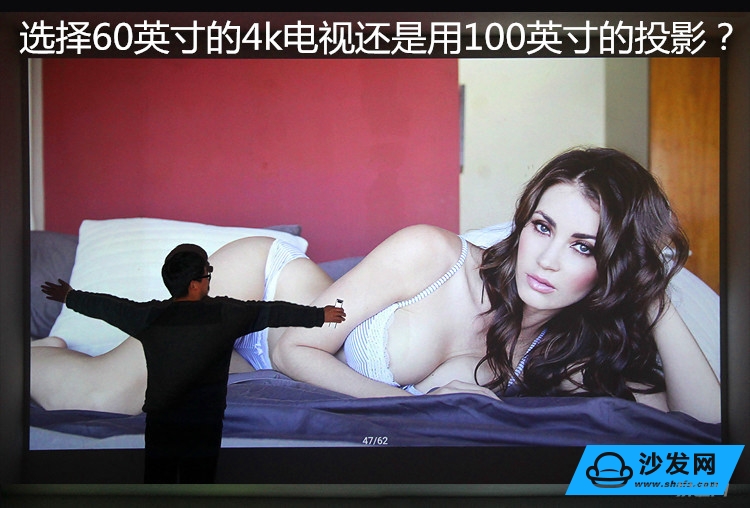
Do you not know that the younger friends still remember the news that the “120-inch TV†made by LeTV’s owner was sold for a while and was swiped in an instant?

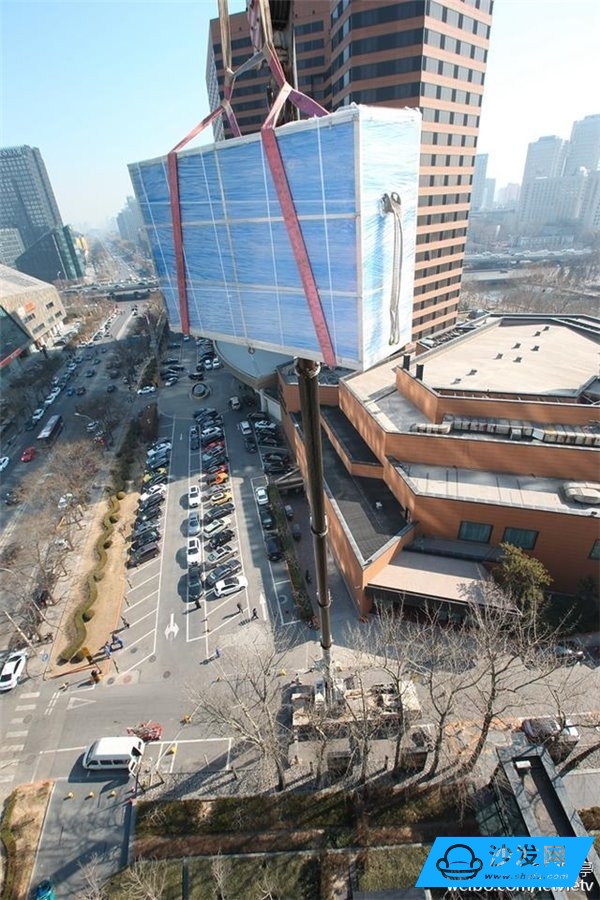
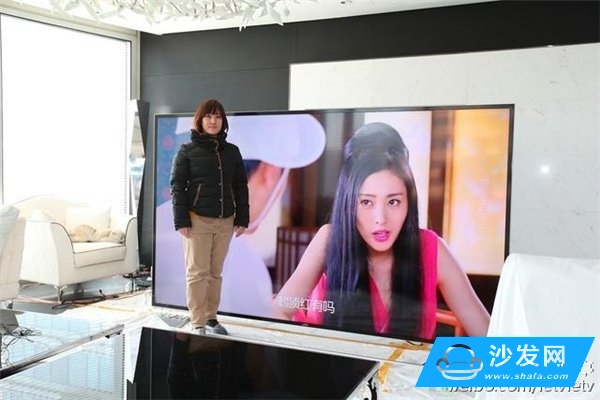
Once Weibo was issued, a large amount of tucao and various discussions began to appear in the comments of major media and under Weibo.






In response to all kinds of netizens, besides overwhelming the "local tyrants," "houses," and "admiration," many people have put forward such a viewpoint: It is better to go for a projection.
Of course, for the oversized TV of 120-inch TV. To spend 500,000 to get a TV is a luxury for most people. But at a slightly smaller size, such as a 55-60 inch 4k TV, and a projector choice, this may be discussed.
Color, quality?
Although at the beginning of its birth, the LCD panel has not reached the color height of the original CRT monitor. However, under the unremitting efforts of LCD panel manufacturers, the color rendering capability of LCD is still gradually increasing.
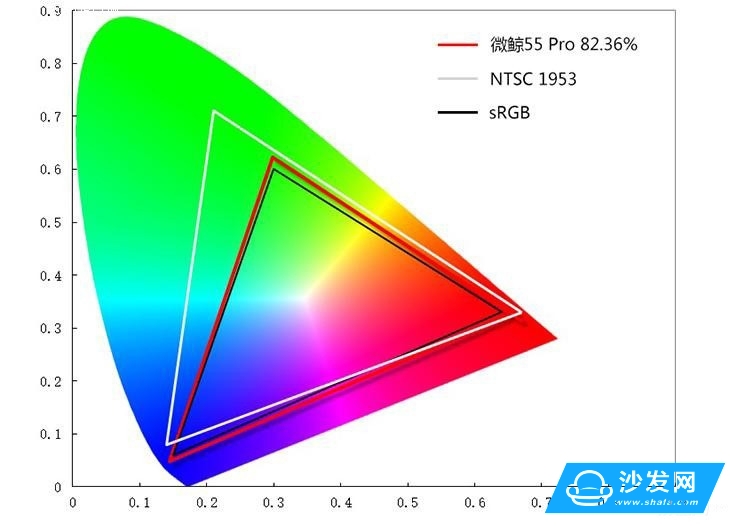
(The color gamut of freshly baked micro-whale TVs. 82% of NTSC is an unimaginable number for many monitors.)
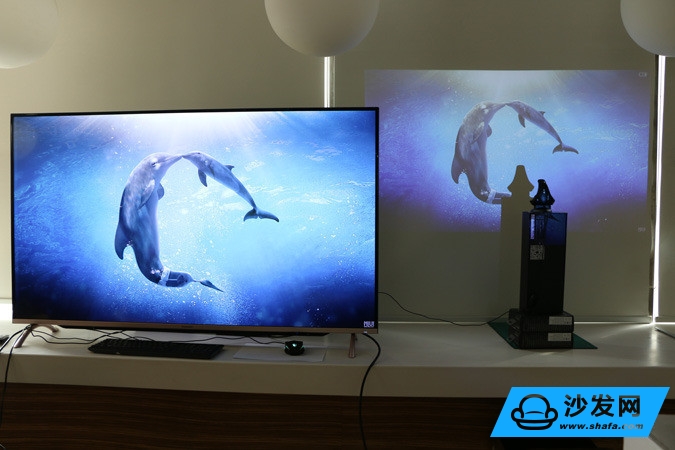
(Projection can easily obtain a fairly large projected area. Even a micro-projection, it is not difficult to cast a 50-60-inch visual area. However, the color and display details are good or bad.
In addition to the continuous improvement of the color rendering area of ​​the LCD panel, each home is constantly developing its own picture quality. Just as the above scan measurement, the color of many display panels has reached or exceeded the range of 72% of the NTSC color gamut of the general display, which is reflected on the screen is the color of the color rich and beautiful. Not to mention the black technology of other black technology manufacturers blessed.
Projection seems to be a natural flaw in color. Due to the structure of the projection hair color, it is difficult to project the color to the current height of the liquid crystal. In many projectors that advertise their own color advantages, 72% NTSC is already a relatively good range of consumer and commercial dual-use projections.
Another possible cause of pk is brightness.

(Projection is always a weakness in this area, but dark rays may be good for the eyes.)
Mainstream LED TVs are backlit. Since the backlight is closed by the relationship behind the screen, it is only necessary to simply adjust the brightness of the backlight, and the brightness of the screen can be easily changed.
Since the projection is used to illuminate another plane with a light bulb, the light will be lost during the diffusion of the point light source, and the brightness will be inversely proportional to the distance. The brightness will not be very high when the projection is projected onto the plane. This high-brightness backlight relative to the TV is a disadvantage. - On the other hand, soft light may have an invisible protective effect on the eyes. This may be a blessing in disguise. After all, watching TV may feel uncomfortable with the light, but if you look at the relatively soft light projection it will be much more comfortable - like you can sit in the cinema for 2-3 hours, but if you are tight Staring at high-brightness televisions can be quite upset for 2-3 hours.
Because of this, projection requires shading and darkness in many operating environments, virtually increasing the threshold for ordinary home use. At least you have to create a dark environment in the home to use projection, in a bright environment, projection The projection effect will be terrible and you won't even see the projected content.
As for the problem of distance viewing, the CRT era can be arguing for a long time. In the LCD era, where the recommended viewing distance is 3-4 times the TV height, the viewing distance between the two is only about 1 meter, which can be basically ignored. Moreover, under the current viewing distance, 4k TVs can no longer see pixels.
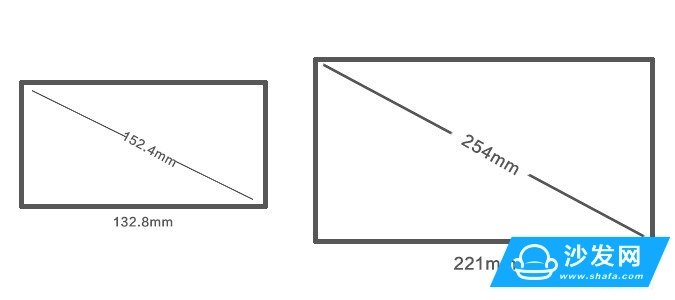
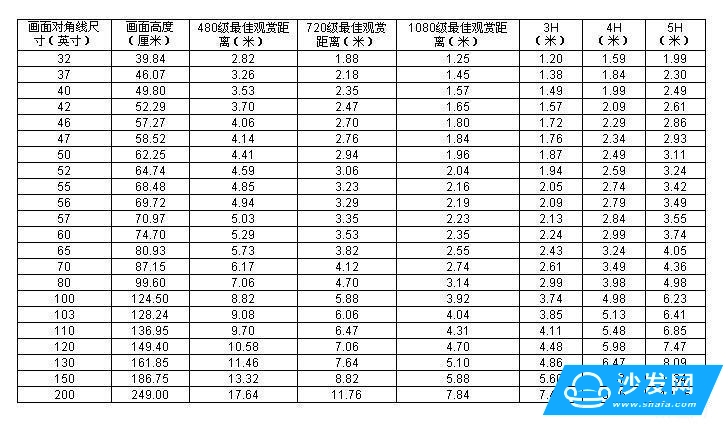
Although the projection of the venue for higher requirements, the effect of 100-inch projection will no doubt be more shocking, the visual perception of the problem, as long as everyone's distance is basically right, then there will be no big difference. 100 inches can be seen comfortably at a distance of about 4 meters, applying the current buzzwords: happiness is good.
Cabling and decoration requirements?
Well, this may be the most troublesome problem for ordinary family users.
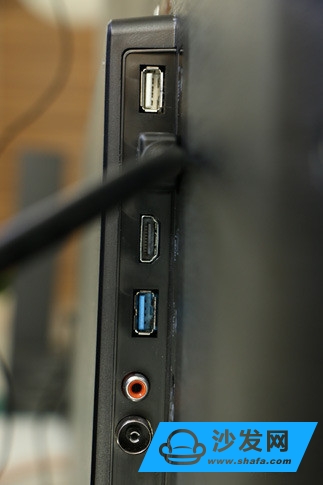
(The TV's current interface tends to be simplified. It is a good thing for wiring.)
The connector of a general home TV needs to be connected to the TV terminal RF, HDMI, power plug, and possibly a network cable. In a modern home, the distance between the living room wiring and the TV mount is minimized when wiring, so that the TV can be integrated with the living room environment and the living room can be reduced.
Whether it is a pedestal type or a wall-mounted type, the installation of a TV is not a difficult task, and there are manufacturers who do it.

(The projected joints are almost the same as the televisions.)
There may be fewer projectors that need to be connected—usually only HDMI/VGA, plus the power cord, and sometimes the audio cable. But the problem is on these three lines.
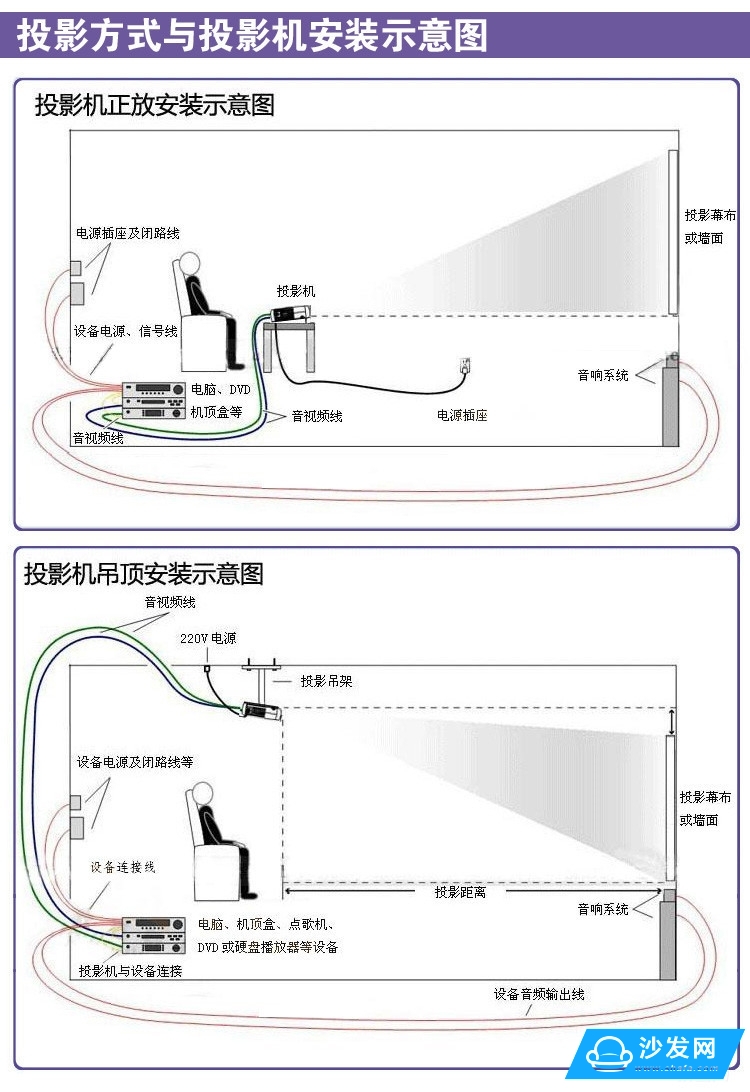
(a projector's wiring recommendations)
Wiring is usually a big project for homes that want to install projections because the projection device and the viewing surface are not on a single plane. The viewing surface of the TV is the installation surface of the equipment. The rest of the equipment (such as audio, etc.) is also in a plane with the TV. Therefore, my wiring can be made short and the wiring can be well hidden.
Projection is a device that is independent of all systems, and its wires are connected to other devices on the observation plane—the trouble is coming. Because it is not in the same plane, as the wiring suggestion in the figure above, the wire needs to be wound a large circle to connect. At this time, it is a difficult problem to hide this part of the wire. After the hidden end, how to do the maintenance of the later period, how to dig the line out of the problem, how much the wall to move the knife, which is more people headaches.
Then the curtain. A good curtain does not seem to be cheap, and the 16:9 projection screen is nearly a thousand, but also the place and location of installation. After buying back the curtain, how can it be subtly blended with the environment and allow the electric curtain to appear naturally? At the time of renovating, it still takes some thought to design.
And there is another problem that arises with the increase of wire: signal attenuation. Taking HDMI as an example, an HDMI cable using a 30AWG size wire will experience signal attenuation when the distance exceeds 8 meters.
There are only two ways to do this:
â€â€ 1. Switch to a high-quality HDMI cable, thicken the wire diameter, reduce attenuation, but the price is not two points;
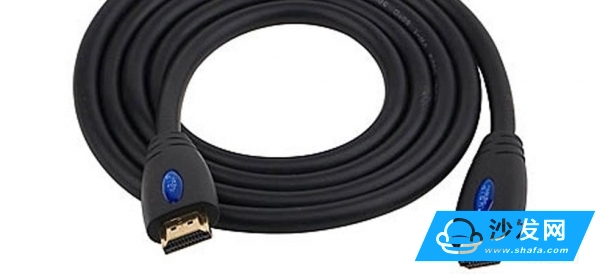
(If you want to transmit over long distances, don't fade away? Then you have to use this kind of HDMI cable. However, this kind of wire is very expensive.)
â€â€ 2. If you do not intend to use a wire to solve the problem or the distance is too far, then you can only find repeaters. â€â€

(If you do not have enough distance, you have to adopt this model.)
Regardless of the method used, this part of the expenditure is a recurring obstacle.
price?
The price I think is the most intuitive point of comparison.
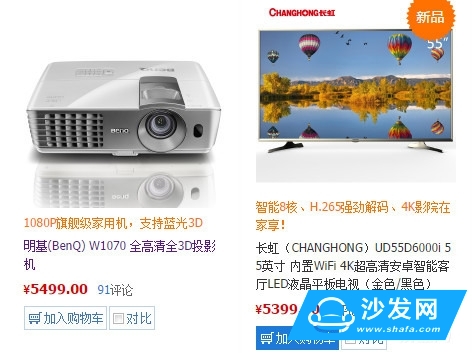
For some of the joint-brand 4k TVs, the price of 55-60 inches is about 5000-6000, and of course, a few domestic killers are much lower. The price of the corresponding 1080p 100-inch projection seems to be at the same level. From the price point above, there is almost no difference.
But don't forget, we wrote about some additional components needed for projection, such as curtains, wires, and other extras needed for the decoration.

(Think these are very cheap? You may feel it when you buy them)
When these things are added up, the expenses are bigger than those of televisions.
So, which one?
It seems that from the current various comparisons, the advantages of the projector are not great. It seems that if you don't like tossing users, it is naturally more cost-effective and easy to come to a TV.
But don't forget our initial request.
If your purpose is to pursue a purely large display, and your peripheral conditions can give you the right conditions - do not hesitate to pick up the projection directly home. The 100-inch giant viewing area will definitely not disappoint you. A soft perspective will also give you a cinema-like atmosphere and feelings.
If you want to install a multimedia screen terminal in your home, there is no doubt that it is better to be a 60-inch 4k TV. Don't forget that television can directly access content, and projection does not, which is a great convenience for your entertainment life. For the difficulty of room decoration, the difficulty of the TV is also much smaller.
So, which one will you choose?
Select the projection:
Immersive theater-like visual enjoyment;
The softer picture protects the eyesight to a certain extent, recommending families with young children at home to choose;
Select TV:
More expressive colors and picture quality;
Convenient operating system and content acquisition methods;
Lower environmental requirements and installation requirements;
The overall lower cost - accessories, post-maintenance costs.
Uses modern materials and fabrication methods to build high quality impellers for centrifugal compressors. Our skilled engineers and technicians design and manufacture welded impellers with complex geometry and reduced variation. We can modify shaft fit configurations to improve reliability.
Our welded impellers set the industry standard in terms of quality. Our welding capabilities guarantee a strong, continuous joint for any blade shape. Each impeller is tested to meet or exceed API 617 requirements.
Welded Impeller,Air Blower Impeller,Centrifugal Fan Impeller,Centrifugal Fan Impeller Wheels
Shenyang Zhicheng Heavy Machinery Manufacturing Co., Ltd. , https://www.zhichengmachinery.com
